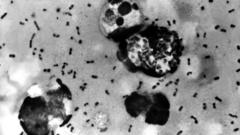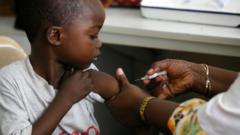Nests and deceased rodents were discovered in various detached structures on the property, raising serious health concerns regarding the link to hantavirus, a deadly respiratory illness. The New Mexico Department of Public Health’s assessment, conducted after the tragic deaths of the couple in February, reveals unsettling details about the state of their home.
Betsy Arakawa, 65, reportedly died from complications related to hantavirus pulmonary syndrome (HPS), which the Centers for Disease Control and Prevention (CDC) identifies as a severe respiratory condition originating from infected rodent exposures. Gene Hackman, 95, whose health had been declining due to advanced Alzheimer's, passed shortly after. Their bodies were located on February 26.
The environmental study further disclosed the presence of rodent feces and several live specimens across eight outbuildings situated near the main house, although the main living area itself was free from rodent activity. The CDC reports that hantavirus infections are primarily transmitted via inhalation of virus-laden particles from rodent waste, with a mortality rate of around 38% for those who exhibit respiratory symptoms.
Health officials and investigators believe Ms. Arakawa suffered from symptoms such as fatigue and fever, ultimately leading to her sudden demise. Meanwhile, the cause of Gene Hackman's passing has been cited as severe heart disease, with his Alzheimer's potentially preventing him from understanding the gravity of his wife’s death.
This unsettling turn of events sheds light on the potential hazards lurking in homes that can go unnoticed, emphasizing the importance of maintaining clear living environments, particularly in areas prone to rodent infestations.



















